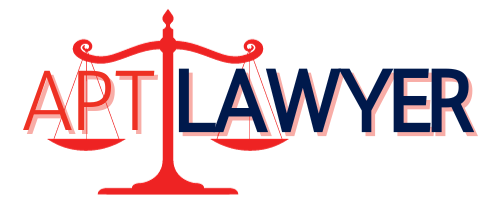Protecting Your Brand: Trademark Essentials for Businesses

In the competitive landscape of business today, building a strong brand is paramount to success.
Your brand is not just a logo or a name; it’s the essence of your business, embodying your values, products, and services. However, establishing a recognizable brand also comes with the responsibility of protecting it from misuse or infringement by others. This is where trademarks come into play. In this article, we’ll explore the essentials of trademarks and how they can safeguard your brand.
What is a Trademark?
A trademark is a recognizable sign, design, or expression that distinguishes products or services from those of others in the marketplace. It can take various forms, including logos, brand names, slogans, and even sounds or colors. By registering a trademark, businesses obtain exclusive rights to use that mark in connection with their goods or services, providing legal protection against unauthorized use by competitors.
The Importance of Trademarks
Trademark protection is essential for several reasons. Firstly, it helps consumers identify and differentiate your products or services from those of competitors, building trust and loyalty in your brand. Secondly, trademarks can be valuable assets, contributing to brand recognition, market reputation, and goodwill. Moreover, trademarks enable businesses to take legal action against infringement, preventing others from diluting or exploiting their brand identity for their gain.
Trademark Essentials for Businesses
- Conduct a Trademark Search: Before adopting a new brand name or logo, it’s crucial to conduct a comprehensive trademark search to ensure that the mark is available for use and registration. This involves searching existing trademarks databases to identify any conflicting marks that could potentially infringe upon your rights.
- Register Your Trademark: While common law rights may be established through actual use of a mark, registering your trademark with the relevant authorities provides stronger legal protection and exclusive rights nationwide. In the United States, businesses can register trademarks with the United States Patent and Trademark Office (USPTO), while other countries have their own trademark registration systems.
- Use Proper Trademark Notice: Once your trademark is registered, it’s important to use the appropriate trademark notice (®) to indicate your ownership rights. This serves as a warning to others that the mark is protected and helps deter potential infringers.
- Monitor and Enforce Your Trademark: Trademark protection is not a one-time effort; it requires ongoing monitoring and enforcement to safeguard your brand against infringement. Regularly monitor the marketplace for unauthorized use of your trademark and take prompt legal action against infringers to protect your rights.
- Renew Your Trademark Registration: Trademark registrations require periodic renewal to maintain their validity. Be sure to keep track of renewal deadlines and file the necessary paperwork to ensure continued protection of your trademark.
In conclusion, trademarks are invaluable assets for businesses seeking to protect and strengthen their brand identity. By understanding the essentials of trademark law and implementing proactive strategies to safeguard their trademarks, businesses can mitigate the risk of brand dilution, infringement, and unauthorized use, thereby preserving the integrity and value of their brands in the marketplace.
